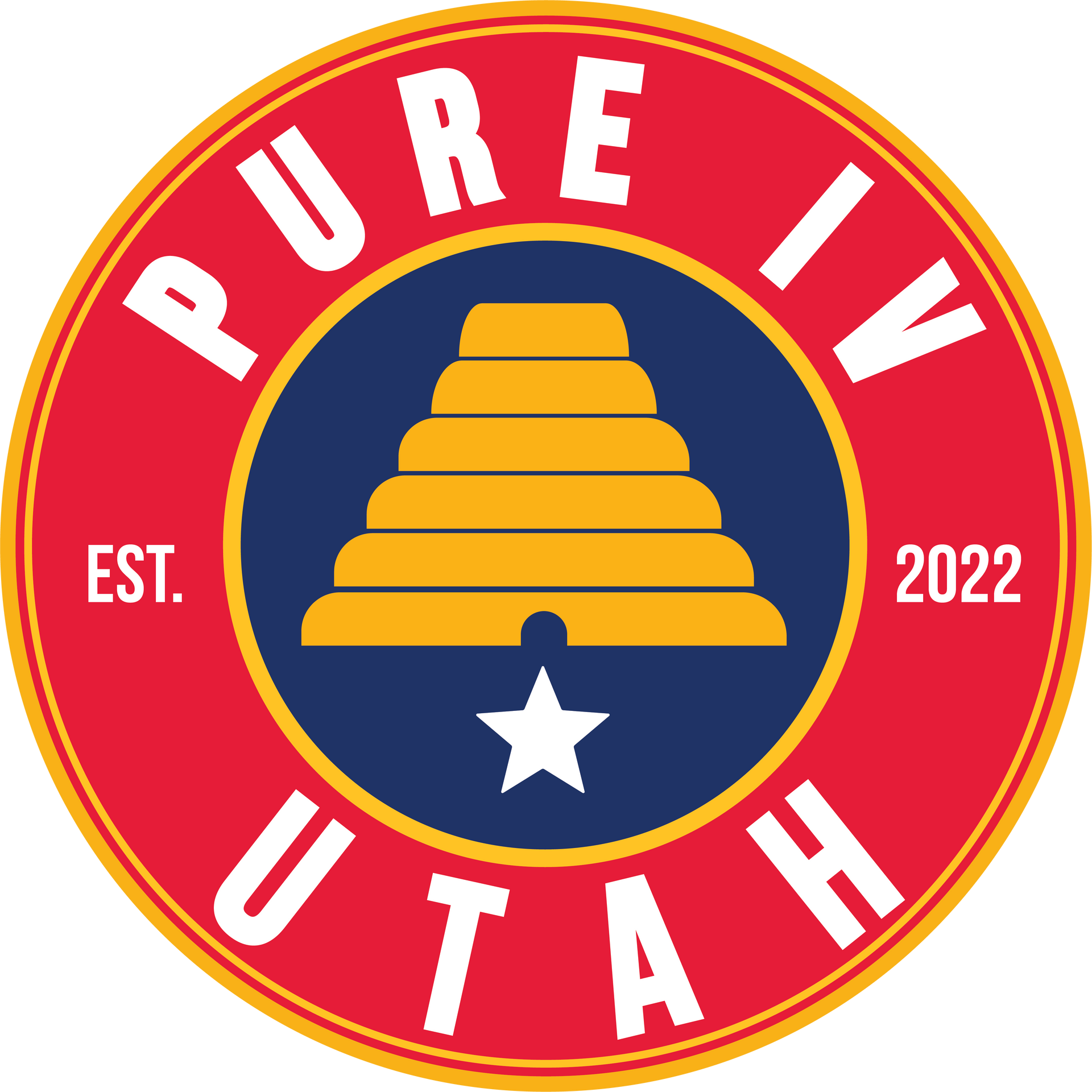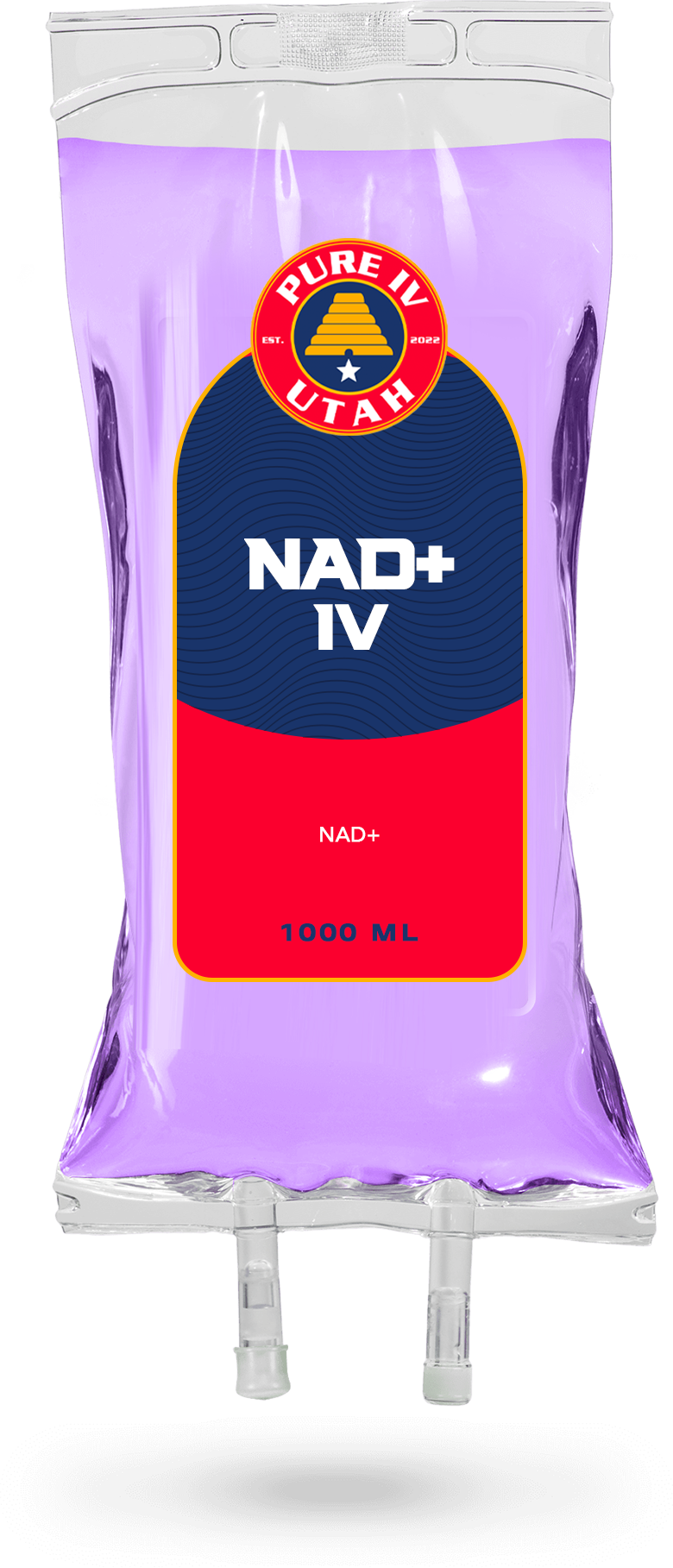Vitamin IV Therapy Side Effects: Risks You Should Know About

Medically reviewed by Micaela Strevay, FNP-C, PMHNP-BC
Joseph Lopez • September 21, 2025
Table of Contents
Vitamin IV therapy is popular for boosting energy, hydration, immunity, and overall wellness. But before starting treatment, it is important to ask: What are the risks? Like any medical procedure, vitamin IV therapy has side effects.
Most IV vitamin therapy side effects are mild and temporary, but some risks require caution. Understanding them helps you make an informed and safe decision.
Common Vitamin IV Therapy Side Effects
Most side effects from vitamin IV hydration are minor and temporary. They usually appear at the injection site or during the infusion itself.
- Pain or redness at the needle site: This occurs because the skin and vein are punctured during IV injections. The discomfort is usually mild and fades within a few hours. Applying a cool compress after treatment can ease soreness.
- Bruising or swelling: May develop if the vein is irritated or if blood leaks slightly under the skin. These marks are harmless and normally fade within a few days. Gentle massage and keeping the arm raised may help reduce swelling.
- Dizziness or lightheadedness: This can occur, especially in people who arrive dehydrated or haven’t eaten. This reaction is linked to sudden fluid shifts or anxiety about the needle. Eating a light snack and drinking water beforehand often helps prevent it.
- Headaches or mild fatigue: They sometimes follow a vitamin infusion. These are usually caused by temporary changes in electrolytes or hydration levels. Rest, hydration, and monitoring how your body responds typically resolve the symptoms quickly.
In most cases, these side effects are brief and easily managed. Professionals reduce risks by using sterile equipment, checking the patient's vein health, and monitoring during the vitamin treatment session. Choosing a professional provider like Pure IV Utah ensures that minor issues stay minor.
Serious Risks and Complications

Though rare, adverse events can occur with IV vitamin therapy if not performed correctly. These risks show why treatment should only be done by qualified nurse practitioners.
- Infections at the injection site: If the area is not sterile, bacteria may enter the bloodstream. Symptoms include redness, warmth, swelling, fever, or pus around the site. Left untreated, infections can spread and become dangerous. Strict hygiene practices and sterile equipment greatly reduce this risk.
- Allergic reactions: Reactions may range from mild rashes and itching to severe breathing difficulties or swelling of the face and throat. Severe cases, called anaphylaxis, require immediate medical attention. A detailed medical history helps providers identify potential allergies in advance.
- Vein irritation, or phlebitis: Happens when the vein lining becomes inflamed. This can cause pain, tenderness, or visible red streaks along the vein. It is usually mild but can be uncomfortable. Using the correct needle size and rotating IV sites reduces this risk.
- Fluid leakage into surrounding tissues: May occur if the IV needle is misplaced or shifts during treatment. This can cause swelling, pain, or skin irritation. In more severe cases, it may damage tissue. Providers prevent this by carefully monitoring the IV line throughout the session.
Although these complications sound concerning, they remain uncommon in professional IV vitamin therapy sessions. Licensed providers use sterile techniques, screen patients' medical conditions for risks, and monitor closely during treatment. This makes serious intravenous therapy side effects highly preventable.
Nutrient Toxicity and Overdose
Vitamin IV therapy delivers nutrients directly into your blood vessels, bypassing the digestive system. While this improves absorption, it also increases the risk of overdose if dosages are not carefully controlled.
Vitamin C toxicity can cause more than mild stomach upset. At very high levels, it may trigger kidney stones and long-term kidney strain. Large, repeated infusions without medical oversight raise this risk.
B vitamin overdose is another concern. Excessive amounts may damage nerves, leading to tingling, numbness, or difficulty walking. This effect usually comes from long-term high doses. This only shows why balance matters.
Mineral imbalances can also be dangerous. Too much magnesium sulfate may cause low blood pressure, irregular heartbeat, or muscle weakness. High potassium levels can interfere with heart rhythm, which is particularly risky for people with kidney problems.
Too much IV vitamin C can cause kidney stones or digestive upset. Excess vitamin B6 may lead to nerve problems if taken in very high doses. High levels of certain minerals, like magnesium or potassium, can affect heart rhythm.
These risks highlight the importance of personalized formulations. Trained nurse practitioners adjust dosages based on your health history, medical conditions, and lab results. Self-administered or unregulated IV vitamin therapy is especially dangerous because it lacks proper dosage control and safety oversight.
How to Minimize Risks and Side Effects
You can lower your chances of side effects by taking proactive steps before and after treatment. Most risks are preventable with the right provider and careful preparation.
Steps to reduce risks include:
- Choose licensed professionals: Always receive IV hydration therapy from trained and certified medical providers.
- Check provider hygiene: Ensure sterile equipment and clean practices are followed every time.
- Share your medical history: Disclose your medical conditions, allergies, and medications that may affect treatment safety.
- Confirm your IV mix: Ask what vitamins, minerals, and doses are included in the mineral blends before starting the infusion.
- Eat and hydrate beforehand: Having a light meal and water reduces dizziness and fatigue.
- Monitor your body: Tell your provider immediately if you feel pain, discomfort, or unusual symptoms.
- Follow aftercare instructions: Rest, drink fluids, and avoid strenuous activity after your session.
These steps will reduce side effects and help you get the best results from your intravenous administration therapy.
When to Seek Medical Help
Most IV vitamin therapy side effects are mild and fade quickly. Still, some reactions may point to more serious problems that require medical attention. Contact your doctor or seek immediate medical help if you experience:
- Persistent pain, swelling, or redness at the injection site that does not improve.
- Fever, chills, or flu-like symptoms may signal an infection.
- Rashes, itching, or facial swelling are possible signs of an allergic reaction.
- Difficulty breathing or chest tightness, which may indicate severe allergy or fluid overload.
- Severe dizziness, fainting, or confusion are linked to low blood pressure or electrolyte changes.
- Irregular heartbeat or chest pain, which can signal a dangerous imbalance in minerals like potassium.
Prompt care ensures that complications are addressed quickly and safely. Always err on the side of caution. If something feels wrong, seek medical advice right away.
Final Thoughts
Most vitamin IV therapy side effects are mild and preventable with proper care. By choosing licensed providers and monitoring your body, you can enjoy the benefits of treatment safely. At
Pure IV Utah, every session is supervised by medical professionals who prioritize your comfort and safety.




